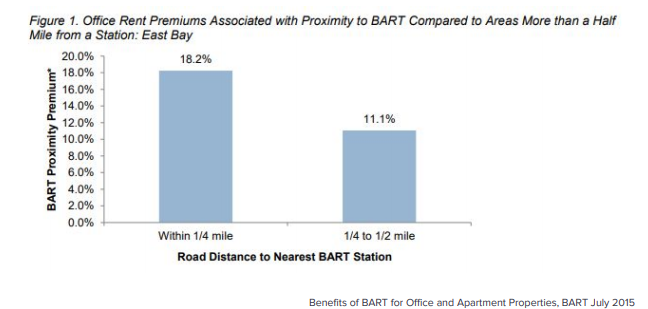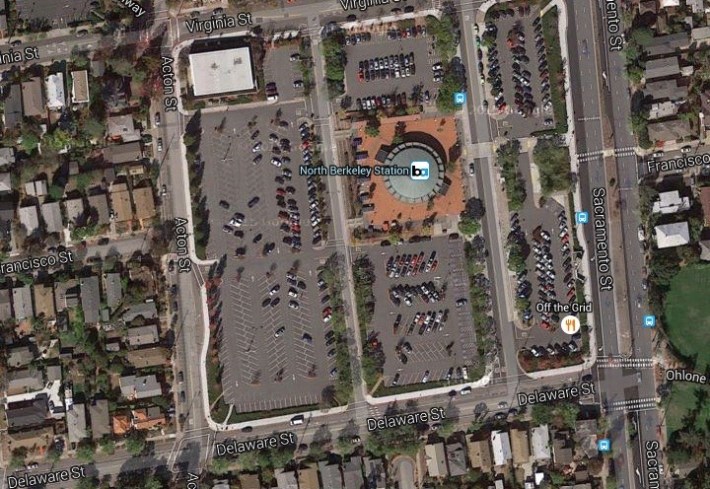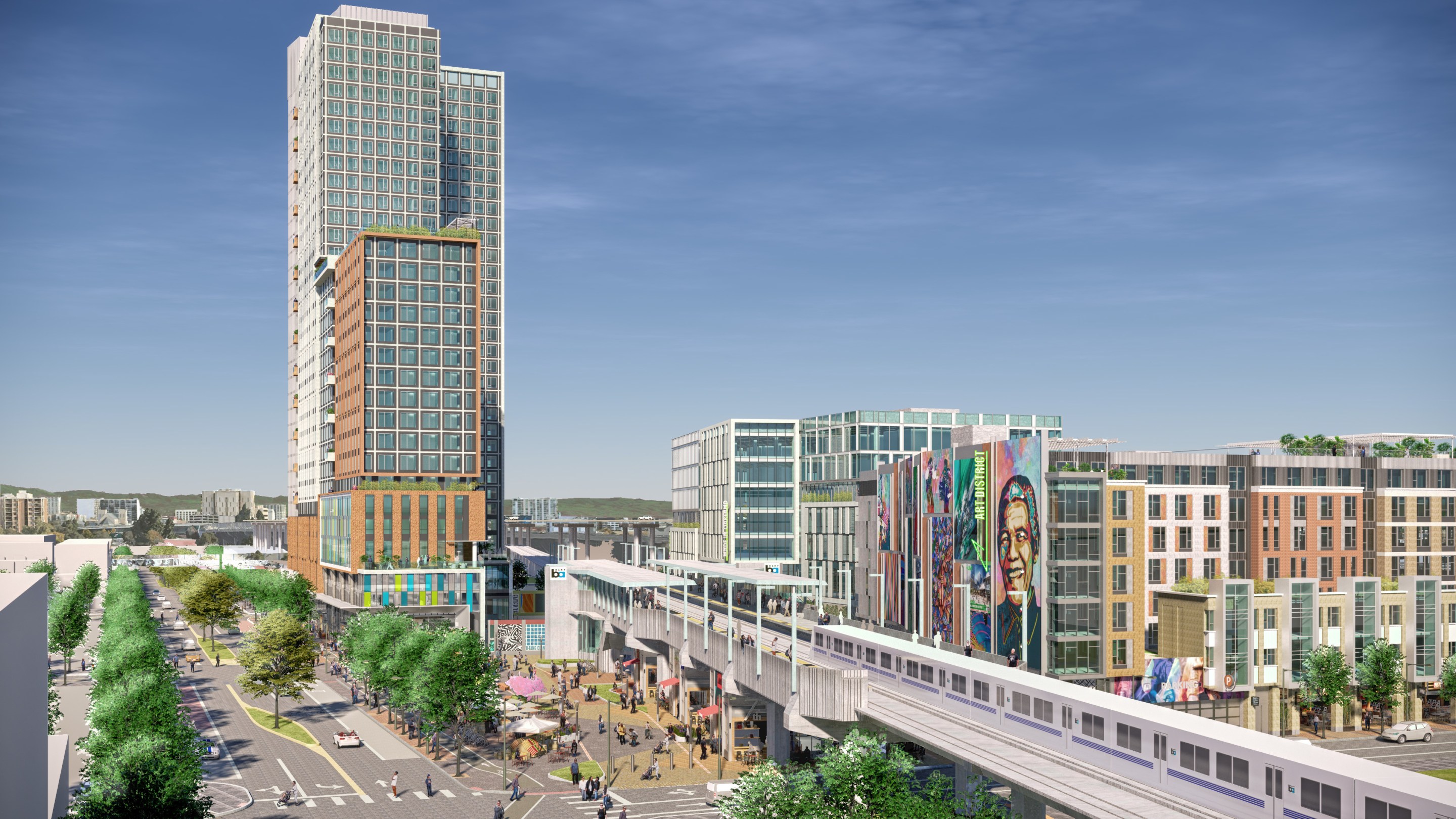The Key System in the East Bay, the Red Cars in Los Angeles--transit systems of old were as much about rails as real estate development, which was often the primary way these privately run systems made their money. That's still the case in Japan and some other countries: passenger rail companies make their profits not by selling train tickets per se, but by developing the land above and around the stations.
It's long past time for planners to exploit air rights and the development pads around transit stations in today's Bay Area to fund rail extensions, according to Transit Value Capture for California a new white paper sponsored by Common Ground California. "The land value uplift around the Warms Spring station alone could have paid for the entire extension three times over," explained one of the study's authors, Derek Sagehorn, in an email to Streetsblog.
The study points out that sales taxes are fundamentally regressive and are often a tough sell with voters. Therefore, it makes more sense to fund transit projects with "value capture."
From the twenty-page study:
To meet the demands of climate action, California must significantly shift trips away from private automobiles to less carbon-intensive modes of transportation, including public transit. Investment in public transit is hampered by high costs and lack of federal investment. Regressive consumption taxes instituted by local and state governments to fund public transit investment are approaching legal and political limits. An untapped source of revenue for public transit is land values. Recent studies have shown that private land value uplift associated with rail investment in Fremont, California and Manhattan, New York were multiple times the cost of the transit improvements. This document proposes ways in which California transit operators could re-capture the land value uplift in commercial and residential property to re-invest in public transit expansion and service.
The paper argues that a "land gain tax" is one of many options for capturing that land value increase.

The study authors point out that the state is already taking steps in this direction with, for example, A.B. 2923, which allows BART to upzone and develop land it already owns around its stations to increase ridership and access. However, as the white paper explains, "...it also allows the agency to capture higher rents to support operations and maintenance of the system." Unfortunately, this law was limited to lands that BART already owns.
Authors Sagehorn and Joshua Hawn want similar legislation to apply to future BART land purchases as well as to other transit agencies. "In light of its ambitious climate goals and strained commutes, California’s transit capital and operations needs are immense. California can leverage land values to re-capture the uplift from public infrastructure investment to create a sustainable positive feedback of transit investment and economic justice," concludes the study.

From Streetsblog's view, this is, of course, an excellent proposal for funding transit improvements that the Bay Area can emulate. It also throws water on the NIMBY argument that one can't increase density without first improving transit--no, they should be done concurrently, and the development should be financially tied to it. The next step is to pass more bills such as the newly introduced S.B. 10 from San Francisco state senator Scott Wiener, his latest effort to make it possible to build more housing near transit. As Sagehorn and Hawn's study indicates, the Bay Area's housing and transportation problems can only be successfully addressed together.
Be sure to check out the white paper.





